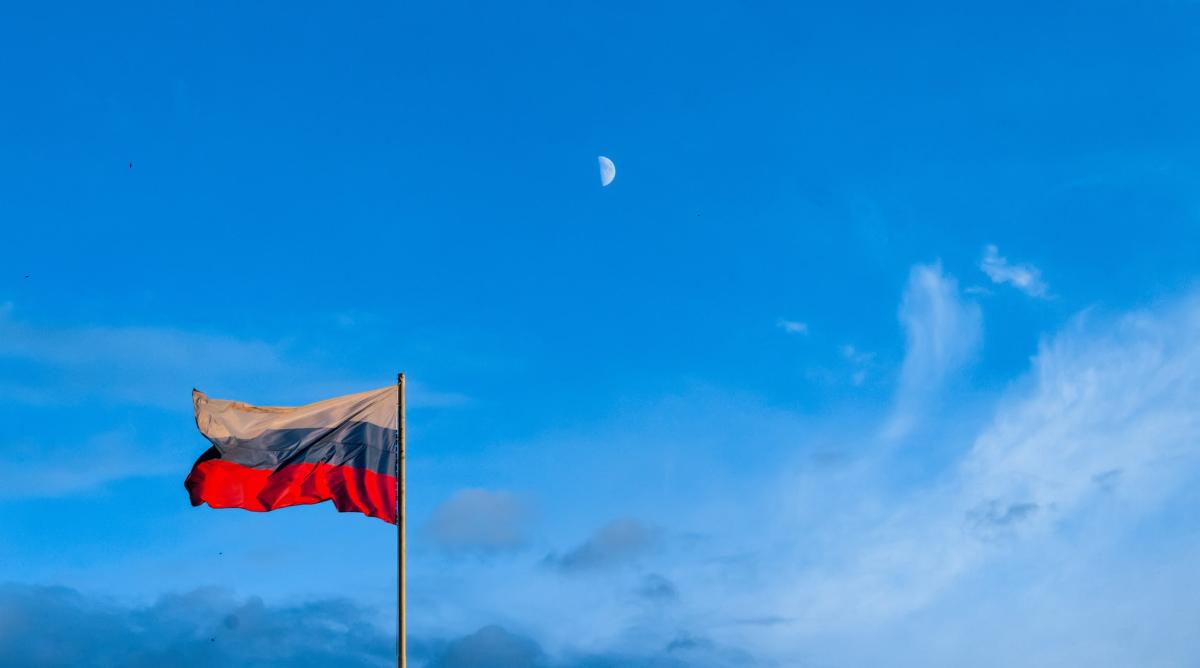Why the Russian Ruble Is Going Up Despite War With Ukraine
The ruble has rebounded from its March lows despite sanctions. Why is the ruble going up and what’s the outlook for the Russian currency?
March 30 2022, Published 8:16 a.m. ET
Russian financial assets, which include stocks, bonds, and the ruble nosedived after the country invaded Ukraine. The crippling sanctions imposed by the U.S. and other western countries pushed the ruble to an all-time low.
However, while the war between Ukraine and Russia, which the latter continues to call a “special military operation,” continues and more western sanctions have been added, the ruble has recouped some of its losses. Why is the ruble getting stronger and what’s the outlook for the Russian currency?
Why did the ruble fall to all-time lows?
First, the ruble fell to its all-time lows earlier in March. The sanctions imposed by western countries are taking a toll on the Russian economy. A lot of the sanctions will have a severe long-term impact. As a free-floating currency, the ruble’s price action reflected the market’s pessimism towards the Russian economy including the country’s ability to export and the likelihood of a debt default.
Why is the ruble rising now?
The Russian central bank and President Vladimir Putin took a series of steps to buoy the ruble, which hit its all-time low of 151 to $1 on March 7. Reportedly, Russian central bank Governor Elvira Nabiullina wanted to resign after Putin invaded Ukraine. However, Putin got her a third term. Nabiullina’s continuation at the Russian central bank helped improve the market sentiments.
While Russia held over $630 billion worth of foreign reserves before the Ukraine invasion, a large part of the reserves were sanctioned. In order to limit the dollar outflow and support the ruble, Russia announced a series of steps. The country barred foreigners from selling stocks since it would have meant a dollar outflow. It also put limits on the foreign currency withdrawals that Russians can make from their foreign currency accounts.
The Russian central bank also didn't allow the country’s banks to sell foreign currencies on behalf of its customers for the next six months. The country said that it would make bond payments in rubles instead of dollars. Russia has also proposed buying back its dollar-denominated debt maturing next week by paying in rubles.
Putin’s policies have helped the ruble.
Putin has proposed that “unfriendly countries” should pay for Russian gas in rubles. Europe relies on Russian gas and despite Germany delaying the approval for the Nord Stream 2 pipeline, the continent can't end its reliance on Russian energy overnight. The G7 has rejected Russia’s call to pay for gas in rubles but the threat led to upwards price action in the Russian currency.
Also, Russia has managed alternative payment mechanisms with some countries. While Shell faced backlash for buying Russian oil at a discount, the country has managed to find new buyers for its oil cargoes by promising hefty discounts.
For example, India has bought oil from Russia since it was offered at a 20 percent discount. The country is contemplating paying in its domestic currency but a final framework hasn’t been worked out yet. Traditionally, India has been a Russian allay and has been abstaining from the U.N. voting against Russia.
China might also consider buying more oil from Russia and use either the yuan or ruble for trade. The Russian government and central bank have taken several steps to increase the demand for the ruble while lowering the demand for the dollar, which had a positive short-term impact on the ruble.
However, the long-term trajectory for the Russian currency still looks downwards. Many of the western sanctions might not go away even after Putin exits Ukraine. Also, the country isn't investible for a lot of funds now, which is a long-term negative for the ruble. For now, the ruble hasn’t been “reduced to a “rubble” as President Joe Biden tweeted.


